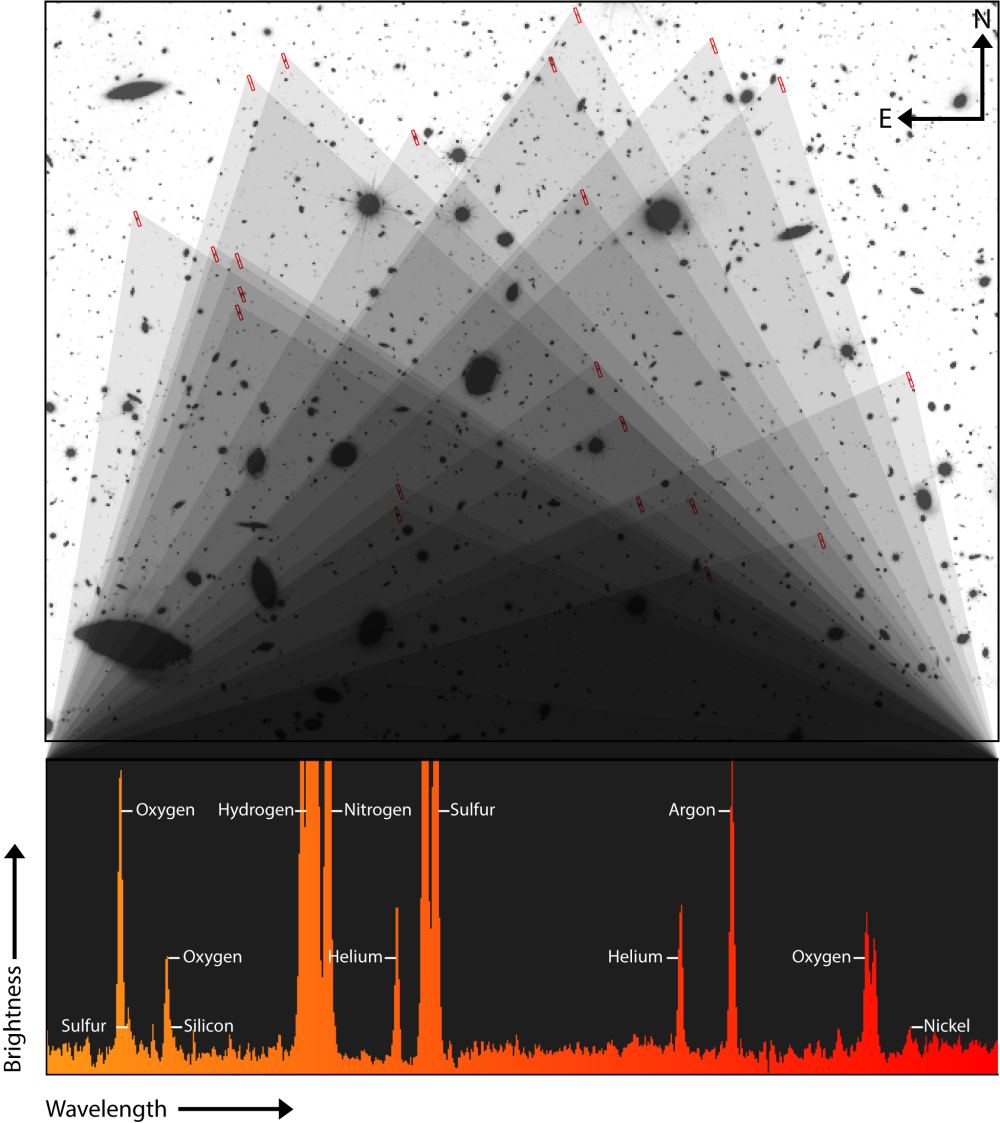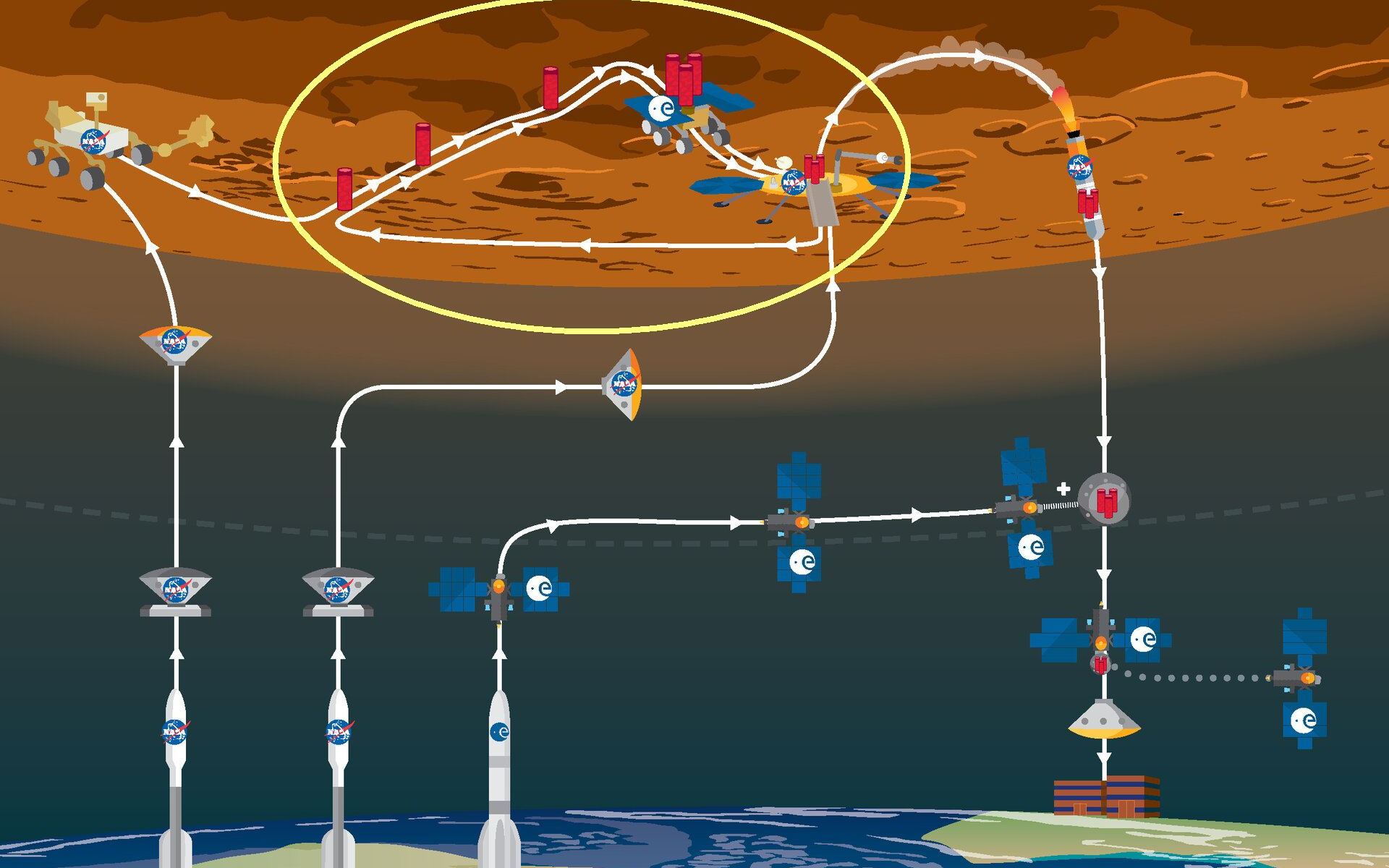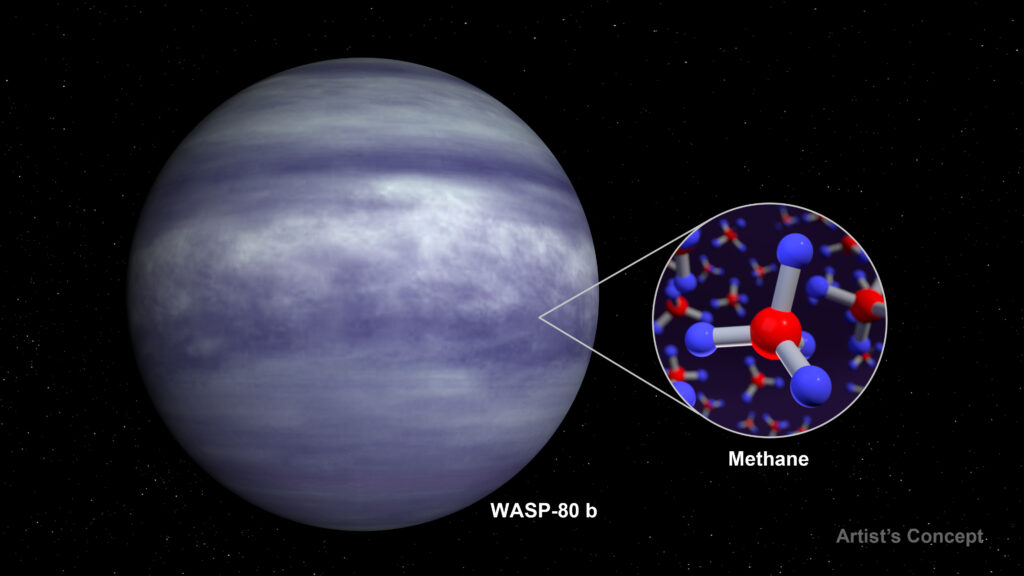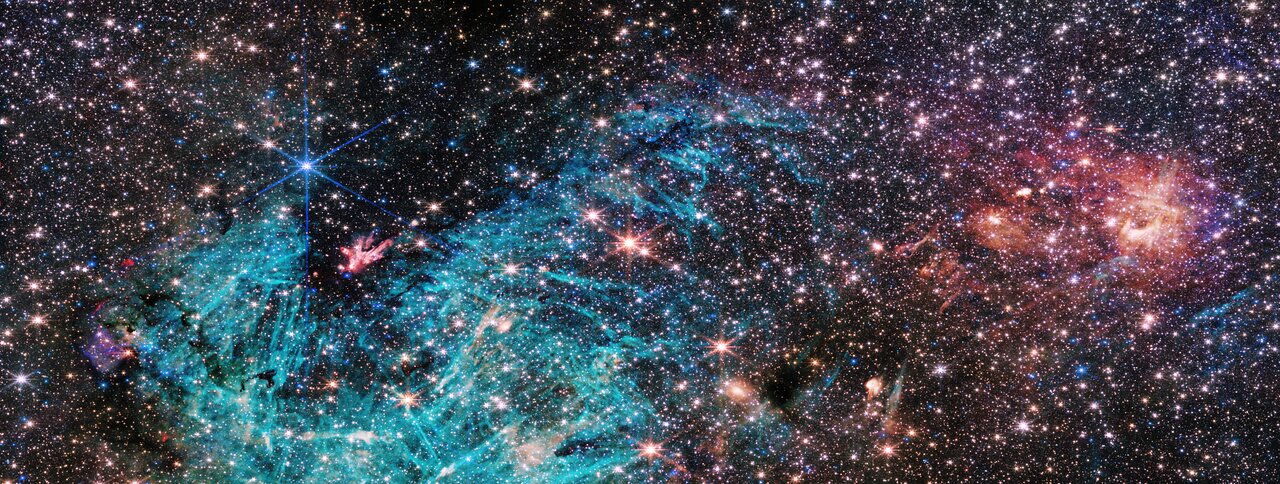As our newest, most perceptive eye on the ongoing unfolding of the cosmos, the James Webb Space Telescope is revealing many things that were previously unseeable. One of the space telescope’s science goals is to expand our understanding of how stars form. The JWST has the power to see into the cocoons of gas and dust that hide young protostars.
It peered inside one of these cocoons and showed us that what we thought was a single star is actually a binary star.
Continue reading “JWST Reveals a Newly-Forming Double Protostar”









